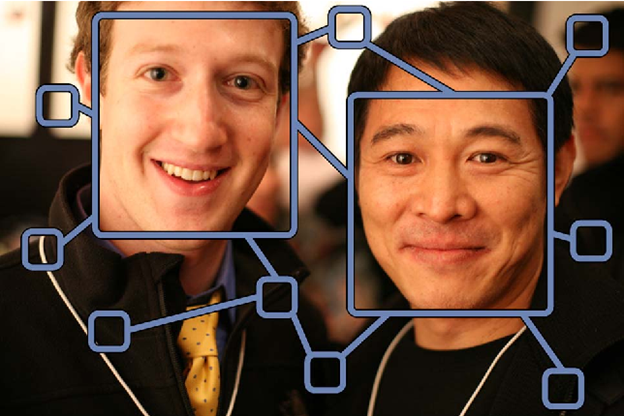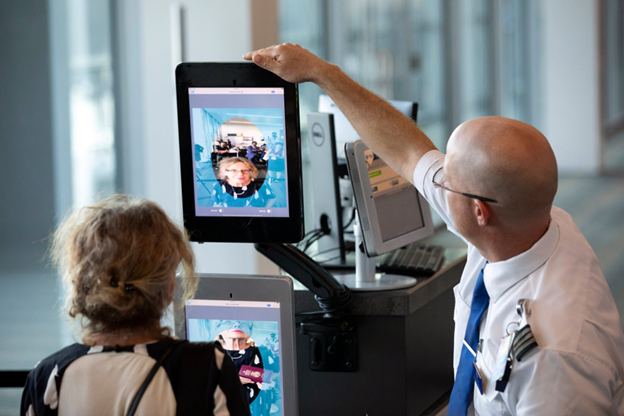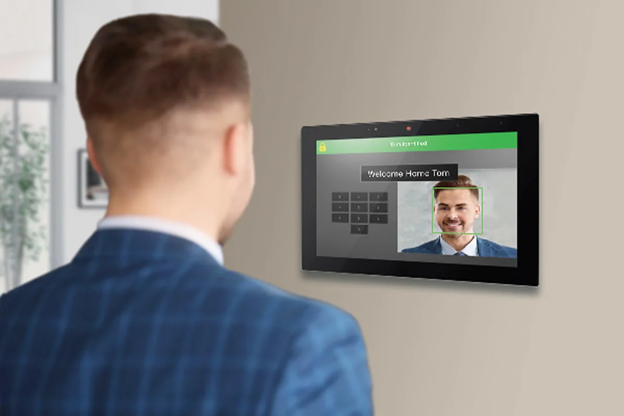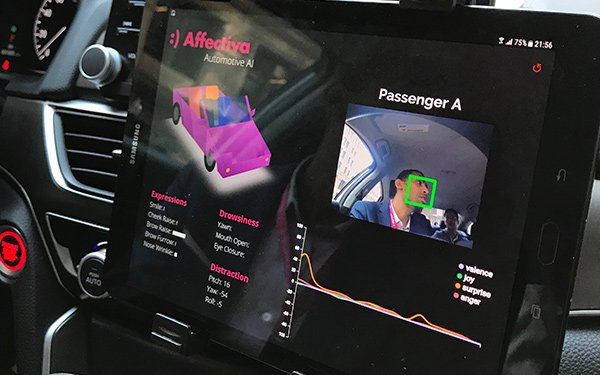Facial Recognition technology has come a long way since it was first introduced. It was first discovered almost 30 years ago. However, in the year 2000, law enforcement agencies and governments started to use this technology to identify its use cases.
Today, facial recognition technology offers a powerful and unique set of tools to help businesses achieve their goals. In a fast-paced world, it’s important to stay ahead of the curve.
In this article, we’ll explore different business use of facial recognition technology and how you can increase security, provide a hassle-free user experience, and more.
The Use cases of Facial Recognition across Industries
1. Surveillance
Facial recognition technology is a powerful tool that law enforcement agencies can use to identify individuals in a crowd. This enables police officers to identify criminals or suspects at large events like concerts or sporting events.

Facial recognition cameras can also be used to capture images of people who enter restricted areas. The US military already uses facial recognition and AI to track faces and compare them to photos in a database. Facial recognition software helps determine whether someone is authorized to enter the area.
2. Social Media
Facial recognition has been used in different ways within social media platforms to help people find each other online. This can be done through Facebook’s ‘tag suggestions,’ which can identify people in photos based on their facial features and other characteristics like age, gender, and location.

Additionally, facial recognition can be used to help prevent unauthorized access to accounts, as well as to enable various interactive features such as virtual try-ons of makeup or other virtual effects.
3. Retail
The retail industry has been using facial recognition for some time now. Some of the most popular stores worldwide have used this technology to track their customers and shopping habits. This has allowed them to know exactly what products each customer is interested in, which allows companies to make better decisions about their marketing campaigns.

Retailers can also use facial recognition for marketing purposes by analyzing customer demographics based on their faces and clothing choices. They can use this information to target specific groups with advertisements or discounts based on their demographics.
4. Air Travel
With the increasing popularity of facial recognition technology, many airports are now using this technology to streamline the security process. By using facial recognition, airports can quickly and easily identify passengers who may be a security risk. This helps keep both passengers and airport staff safe.

In addition to security, facial recognition can also be used for other purposes, such as tracking lost luggage. If a passenger’s luggage is lost, the facial recognition system can track down the owner and return the luggage to them. This can save a lot of time and frustration for both passengers and airport staff.
5. Smart Homes
Smart homes have numerous sensors and devices that can automate tasks and make life more convenient. One way this technology is being used is to unlock doors and gates using facial recognition. This can be especially useful for people who have their hands full or for those who want to increase security by not relying on keys or codes.

Facial recognition can also be used to turn on lights or activate other devices when a person enters a room. This can be a great way to save energy or ensure that things are turned off when they should be.
This technology is still in its early stages, but it shows a lot of promise for the future of the smart home.
6. Automobile
Facial recognition in automobiles is useful for driver identification and authentication. This can be used, for example, to unlock the car and start the ignition without needing a key. Facial recognition can be a lifesaver if you often forget your keys or have trouble finding them. With this technology, you can unlock your car door with face detection and be on your way.

Facial recognition can also be used to track driver behavior, such as whether they are wearing a seatbelt, and to provide hands-free control of infotainment and navigation systems.
How to collect data for facial recognition
Data collection is an important step in the facial recognition process. The datasets need to be large enough to provide a good representation of the target population but not so large as to become unmanageable. The quality of data determines the output of AI and machine learning algorithms used in facial recognition.
There are four categories of data that can be used to train your facial recognition model:
- Existing images from social media profiles (e.g., Facebook)
- Images from other sources like online dating sites or employee profiles
- Facial biometric technology such as facial geometry or iris scans
- Existing photos of people who have been identified by name (e.g., passport photos)
However, it’s best to leave the data collection task to the experts.
Shaip provides accurate image data collection and annotation services to meet your training data needs faster and at scale. With a wide selection of global contributors, they can quickly and efficiently fulfill your training data needs – whether you need face image data collection or annotation services.
Their contributors are experienced in collecting different types of facial data, such as features, expressions, and emotions, from various perspectives, so you can be sure that your training data will be of the highest quality.
Conclusion
Use cases of facial recognition can work wonders when storing and retrieving data, but they also come with an intriguing ethical quandary. Does it make sense to use such a technology? Some people believe the answer is “no,” particularly regarding facial recognition’s invasion of privacy. Others cite the use of these new tools, which is why this technology might not be one you want to avoid at all costs.
Author Bio

Vatsal Ghiya is a serial entrepreneur with more than 20 years of experience in healthcare AI software and services. He is the CEO and co-founder of Shaip, which enables the on-demand scaling of our platform, processes, and people for companies with the most demanding machine learning and artificial intelligence initiatives.
